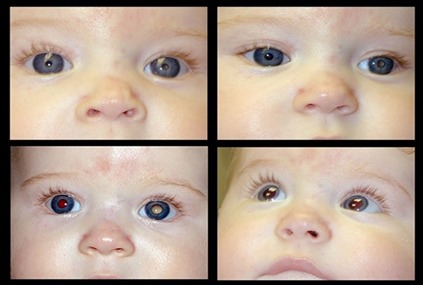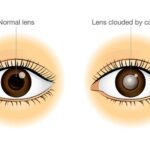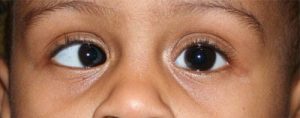Smoking is one of the single largest preventable causes of disease and pre-mature death. It harms nearly every organ in our body — including the eyes.
Adverse — and often fatal — health effects of cigarette smoking such as heart disease and cancer are quite familiar, but sight-threatening vision and eye problems generally are less well-known.
Some extra-reasons for kicking that cigarette butt are discussed here.
Smoking and Cataracts
Cataracts (clouding of the eye’s natural crystalline lens) are a leading cause of blindness globally. Smokers significantly increase their risk of developing a cataract compared with non-smokers. In fact, studies show that people who smoke almost double their chance of forming cataracts, and the risk continues to increase the more they smoke. Heavy smokers (15 cigarettes per day) have almost triple the risk of cataract development.
Smoking and Glaucoma
There is a strong link between smoking and high blood pressure, cataracts and diabetes all of which are risk factors for glaucoma. Aside to increasing chances of Glaucoma, smoking may also be associated with several Optic Nerve diseases.
Smoking and Macular Degeneration
Age related macular degeneration (AMD) primarily affects the macular & peri-macular regions of the retina, which is responsible for sharp, central vision needed for everyday tasks such as reading and driving.
Macular degeneration causes central scotomas and often severely impairs foveal vision. AMD is one of the leading cause of permanent vision loss.
Studies show smokers can have a three-fold increase in the risk of developing AMD compared with people who have never smoked. And female smokers over age 80 are 5.5 times more likely to develop AMD than non-smokers of the same age.
However, smoking is the biggest controllable risk factor associated with AMD, quitting smoking at any age, even later in life, can significantly reduce the risk of developing AMD.
Smoking and Uveitis
Uveitis (inflammation of the uveal tract) with all its subtypes eg. Iritis, cyclitis, iridocyclitis, parsplanitis, choroiditis etc. is a collection of serious eye diseases that at their worst can result in complete vision loss.
It harms vital structures of the eye, including the iris, ciliary body, choroid and often involves the retina, and can lead to added complications such as cataract, glaucoma and retinal detachment.
Evidence shows smokers are more likely than non-smokers to have uveitis, and smoking appears linked to the development of uveitis. One study found smoking was associated with a 2.2 times greater than normal risk of having the condition.
Smoking and Diabetic Retinopathy
Diabetic Retinopathy damages the blood vessels of the retina, causes hemorrhages and can result in vision loss. Smoking may as much as double the risk of developing diabetes. There also is a causal relationship between smoking and both the development and progression of diabetic retinopathy, in addition to numerous other diabetes complications.
Smoking and Dry Eyes
Dry Eye Syndrome describes insufficient tears on the eye’s surface,which are needed to keep the eye lubricated and healthy. Sufferers of dry eye can experience red-eyes, itchy-eyes, foreign body sensation and even watery eyes. Tobacco smoke is a known eye irritant and worsens dry eye — even among second-hand smokers — particularly for contact lens wearers. People who smoke are nearly twice as likely to have dry eyes.
Smoking and Infant Eye Disease
Women who smoke during pregnancy transmit dangerous toxins to the placenta, potentially harming the unborn child. Smoking while pregnancy, increases the chance of many fetal and infant eye disorders, among other serious health problems. These include Strabismus and under-development of the optic nerve – which is a leading cause of blindness in children.
Also, women who smoke during pregnancy are more likely to give birth prematurely; all babies born prematurely are at greater risk of eye problems than full-term babies.
Vision problems of pre-mature babies include Retinopathy of Prematurity (ROP), a potentially blinding disease.
Toddlers and children are also at risk from secondhand smoke—a new study suggests children as young as 6 years old already show signs of eye damage.
Smoking and Amblyopia
Tobacco Amblyopia is a form of toxic amblyopia – linked to Tobacco neuropathy (supposed to originate from excessive cigar and pipe smoking) – caused by tobacco containing cyanide. Tobacco amblyopia is marked by a gradual impairment of vision characterized by visual field defects and hindered central vision.
Do You Smoke? You Better Quit!Smokers are up to four times more likely to go blind in old age. It’s never too late to quit smoking and enjoy the benefits of a healthier lifestyle and, ultimately, a healthier body. Quitting smoking at any age can reduce the risk of developing many sight-threatening eye conditions.










